Corporate News
Company News
- Fluorocarbon aluminum veneer: the fashionable new favorite of architecture, revealing its charm!
- Aluminum New Fashion: Punched Aluminum Veneer, Unlimited Creative Space
- Fluorocarbon aluminum veneer: the 'hidden champion' of the construction industry
- Aluminum veneer customization, creating an artistic journey of personalized space
- Aluminum veneer customization, creating the art of personalized space
Industry dynamics
- Aluminum veneer prices - Corporate social responsibility and business model innovation
- Design oriented punched aluminum veneer with a wide range of applications
- Aluminum veneer: a low-key aristocrat in modern architecture
- High quality fluorocarbon aluminum veneer carving process
- What are the options for customizing the color and texture of aluminum veneer?
Frequently asked questions
- What is the thermal insulation performance of aluminum veneer?
- What are the maintenance methods for aluminum veneer?
- Can aluminum veneer be used for building canopy design?
- How sustainable is aluminum veneer?
- How does aluminum veneer affect indoor temperature?
contact us
Mobile:+86 15627778610
Email: 2201229786
Address: No. 5 Binjiang Road, High tech Zone, Zhaoqing City, Guangdong Province
Aluminum veneer: an environmentally friendly and sustainable choice of building materials
- Author: Xinlongtai Aluminum Industry (Guangdong) Co., Ltd
- Release time: February 28, 2025 11:50:07
- Click:0
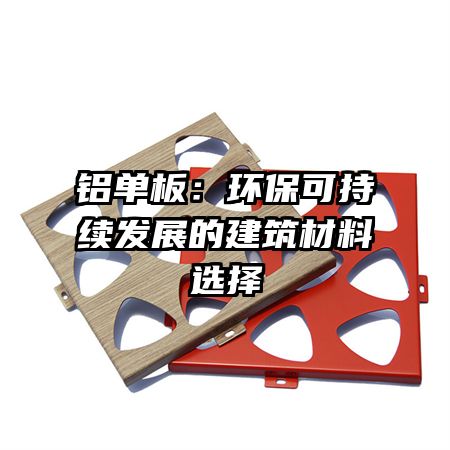
Aluminum veneerSelection of environmentally friendly and sustainable building materials
Summary: Summary Content
1、 Environmental characteristics
1. Aluminum veneer has excellent environmental characteristics. Firstly, aluminum veneer is a recyclable material that can be recycled and reused after its service life, reducing resource waste and environmental pollution. Secondly, the production process of aluminum veneer does not produce harmful substances and has no negative impact on human health and the environment. In addition, aluminum veneer has durability and a long service life, reducing the need for frequent material replacement and further reducing its impact on the environment.
2. Research has shown that the application of aluminum veneer in buildings can effectively reduce energy consumption. Aluminum veneer has good thermal insulation performance, which can reduce the dependence of buildings on air conditioning and heating systems and save energy. In addition, aluminum veneer can also reduce the heat absorption of buildings by reflecting sunlight, further reducing energy consumption.
3. The production process of aluminum veneer generates relatively less wastewater and exhaust gas, and can be effectively treated and filtered to reduce pollution to water sources and air. At the same time, the use of aluminum veneer can also reduce the water consumption of buildings and play a positive role in protecting water resources.
2、 Sustainable development
1. The sustainable development of aluminum veneer is reflected in its long lifespan and recyclability. Due to its durability and resistance to corrosion and damage, aluminum veneer can be used for a long time without frequent replacement. At the same time, aluminum veneer materials can be recycled and reused, reducing the demand for raw materials and in line with the concept of sustainable development.
2. The plasticity of aluminum veneer is also one of its sustainable development characteristics. Aluminum veneer can be bent, cut, and processed according to the needs of architectural design, adapting to different shape and size requirements, improving material utilization, and reducing waste.
3. The maintenance cost of aluminum veneer is relatively low, and it does not require frequent repairs and maintenance, reducing the consumption of resources and energy. Meanwhile, the cleaning of aluminum veneer is relatively simple and can be carried out through conventional cleaning methods without the need for a large amount of cleaning agents and chemicals.
3、 Architectural aesthetics
1. Aluminum veneer has rich surface treatment effects, allowing for a variety of color and texture choices to meet different architectural styles and design requirements. Its appearance is smooth and flat, with a good texture, giving the building a modern and high-end feel.
2. Aluminum veneer has high installation flexibility and can be customized and processed according to the needs of buildings, adapting to various shapes and structures of buildings. At the same time, aluminum veneer can also be combined with other materials to create a richer and more diverse architectural appearance.
3. Aluminum veneer has good weather resistance and pollution resistance, and is not easily corroded by natural environment and pollutants, maintaining a long-lasting aesthetic state. In addition, the surface of aluminum veneer can also undergo anti-corrosion treatment to increase its service life and stability.
4、 Economic benefits
1. The production cost of aluminum veneer is relatively low, the raw materials are easy to obtain and the price is stable, which reduces the cost of construction projects. At the same time, the installation and maintenance costs of aluminum veneer are relatively low, reducing later investment.
2. Aluminum veneer has the characteristic of lightweight, reducing the weight of the building itself, reducing the requirements for foundation and structure, and saving the cost and time of construction projects.
3. The recyclability of aluminum veneer also brings economic benefits. By recycling and reusing, the demand for new materials can be reduced, the cost of construction projects can be lowered, and a certain amount of recycling value can also be obtained.
5、 Summary:
Aluminum veneer, as an environmentally friendly and sustainable building material, has many advantages. Its environmental characteristics, sustainability, architectural aesthetics, and economic benefits make it an ideal choice in modern architecture. With the increasing emphasis on environmental protection and sustainable development, the application prospects of aluminum veneer in the construction industry will be even broader.

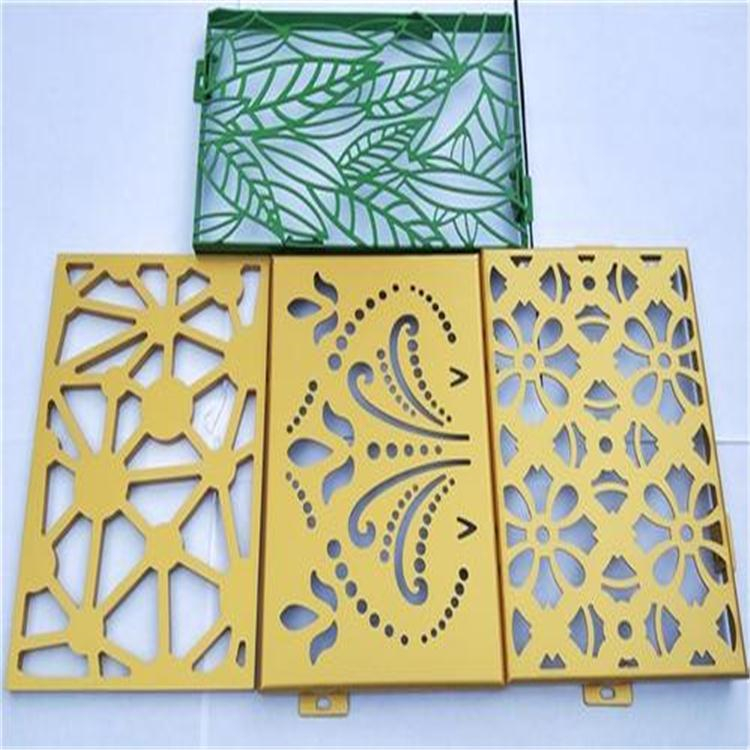
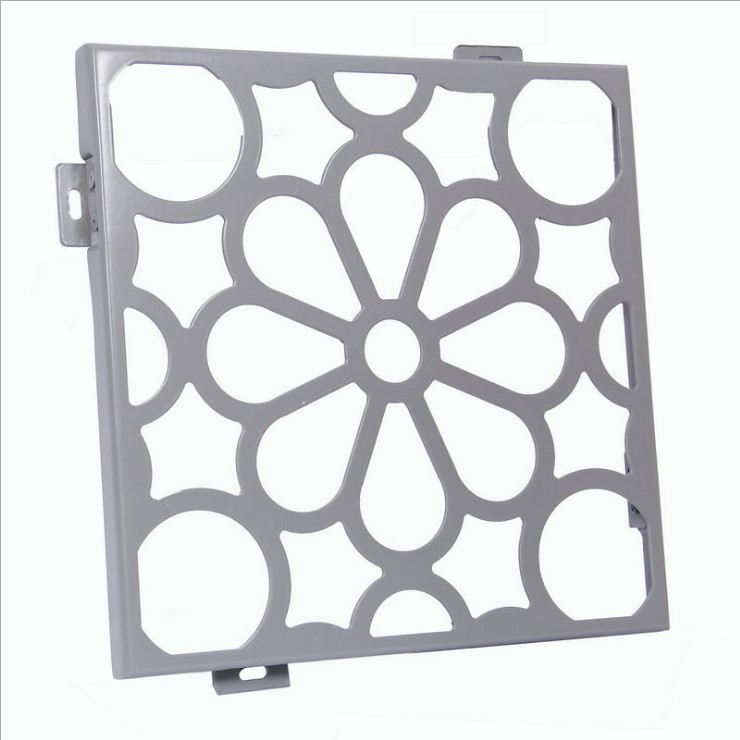
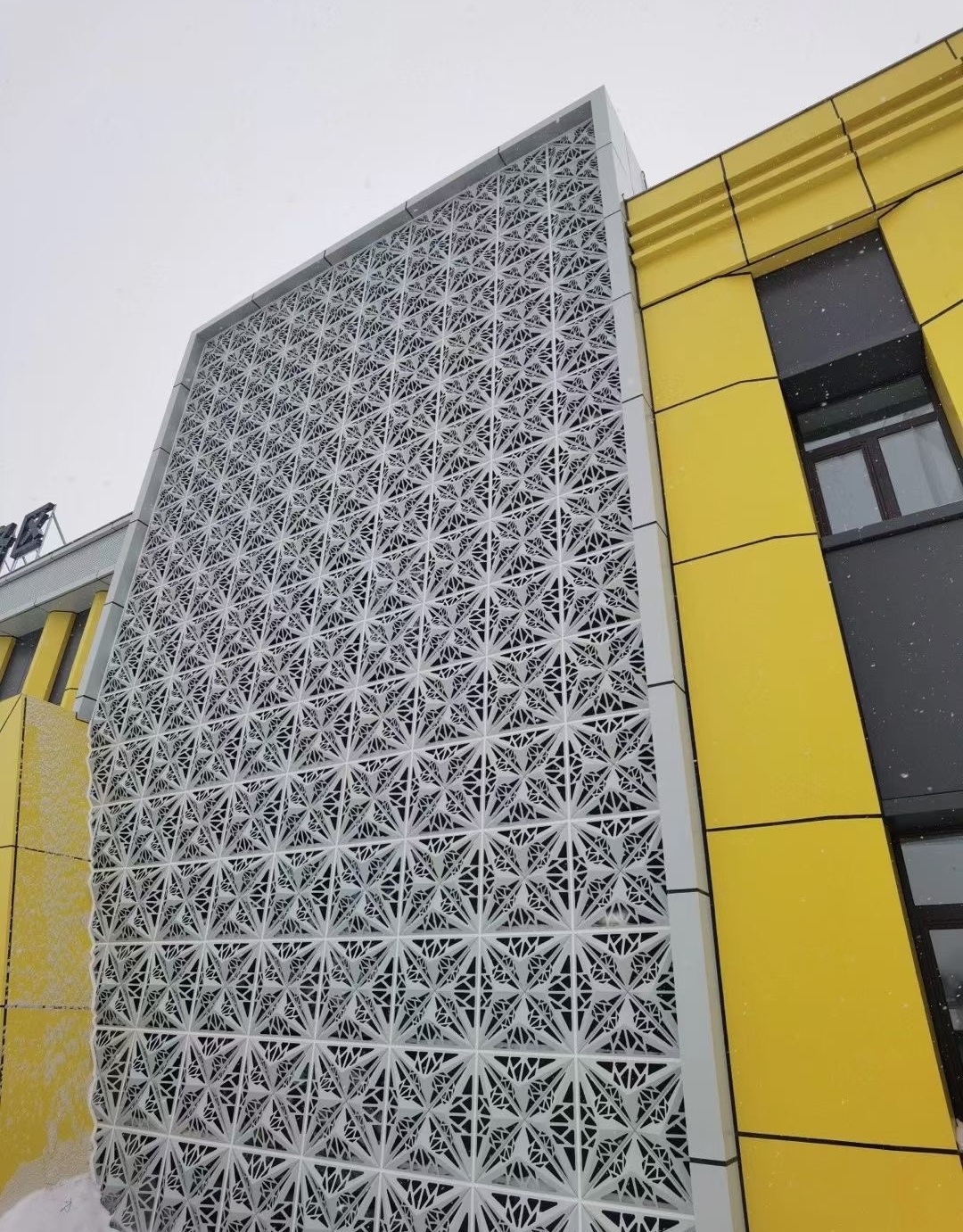
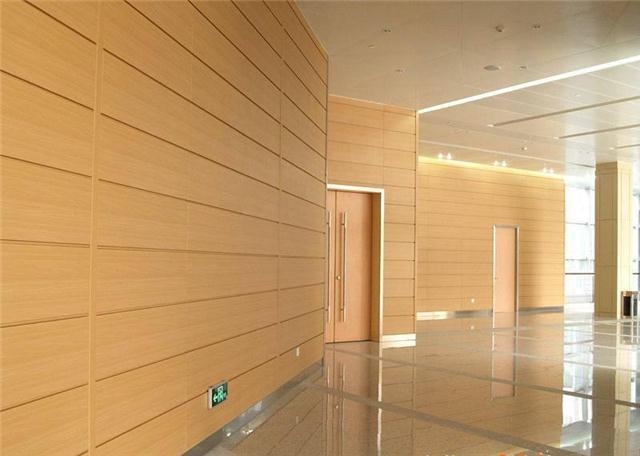
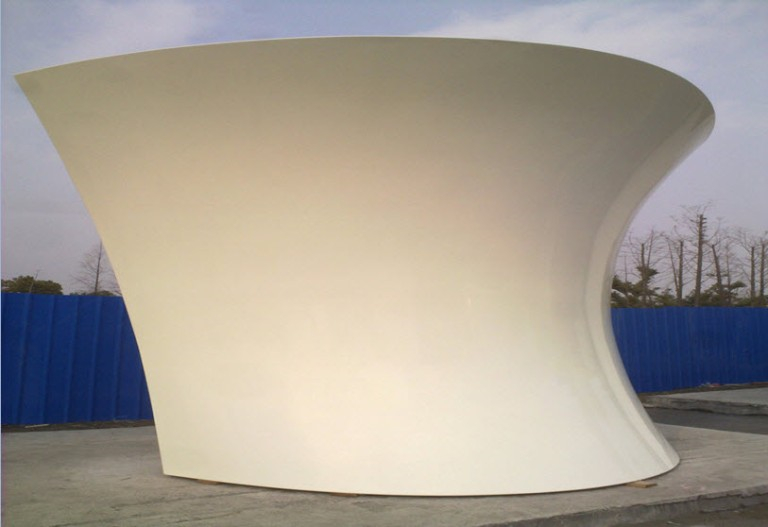
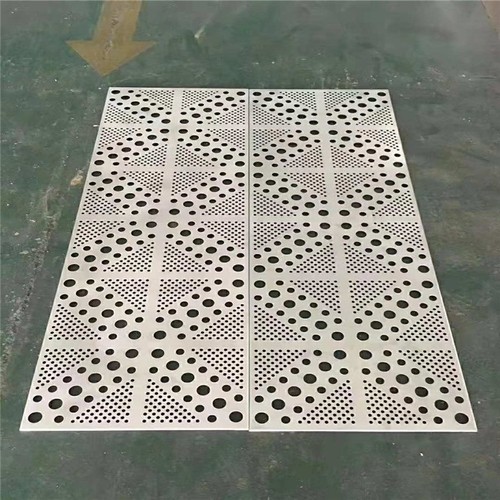
 Customer service QQ
Customer service QQ